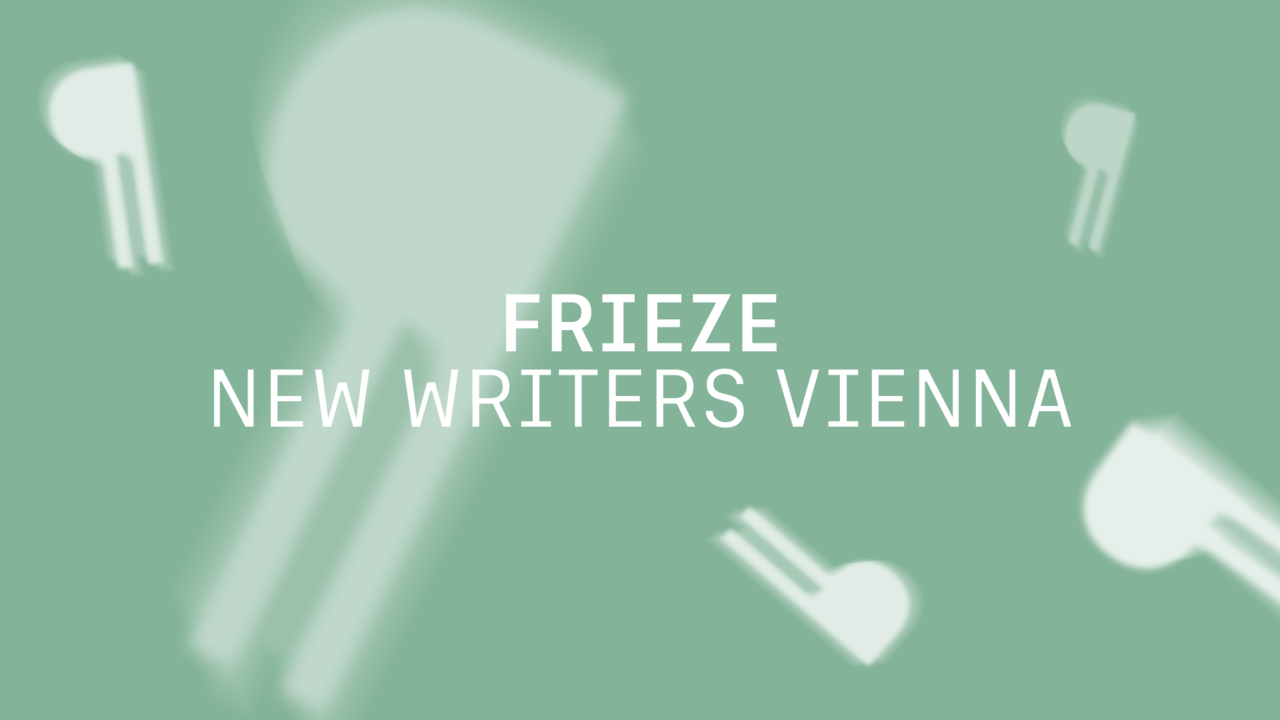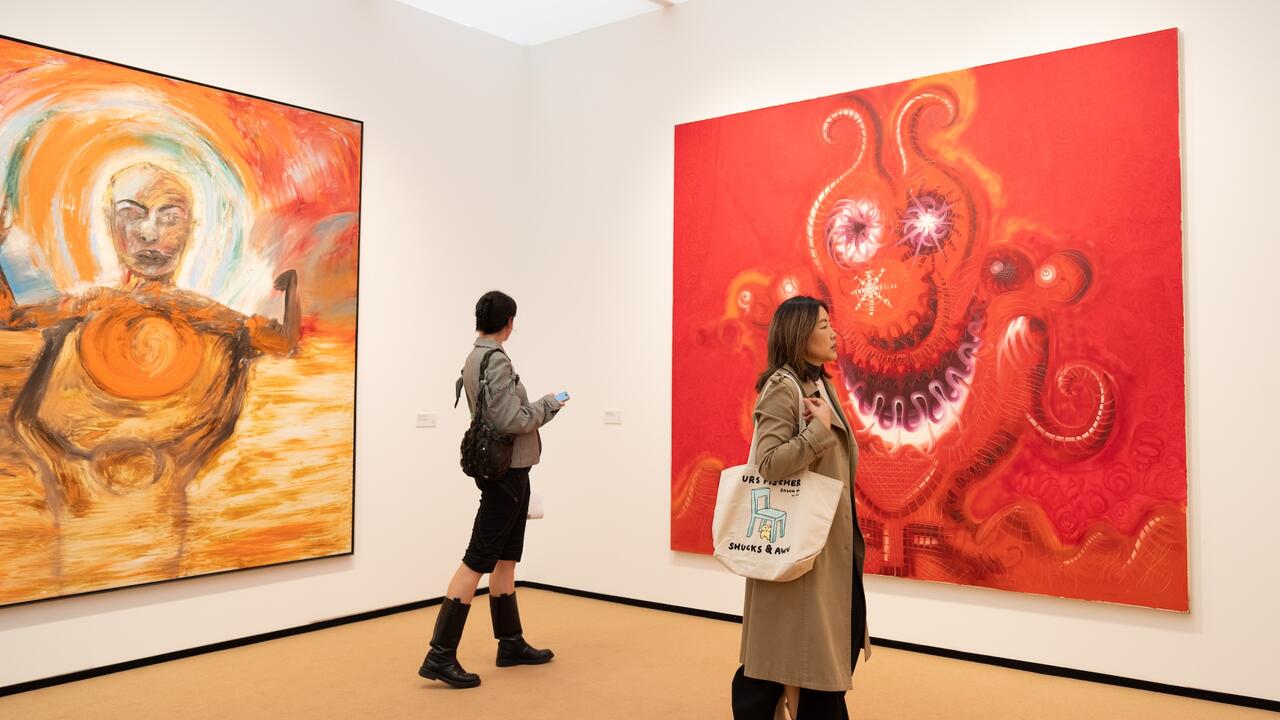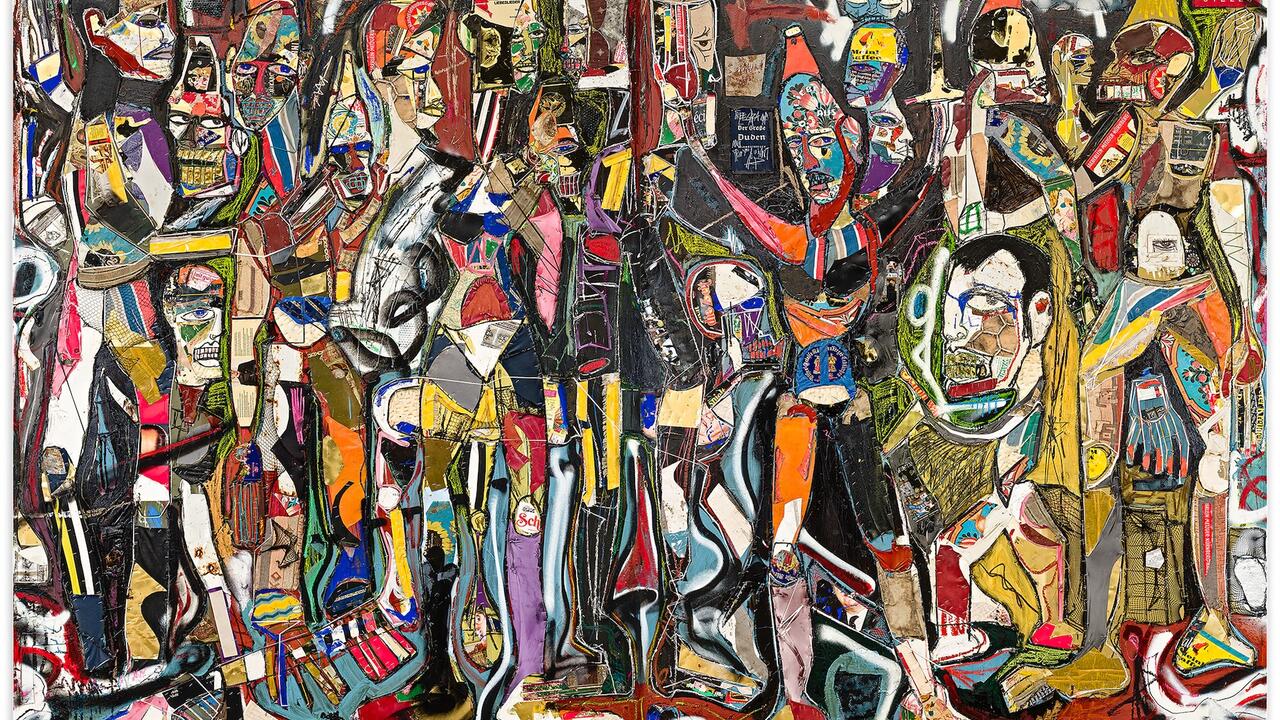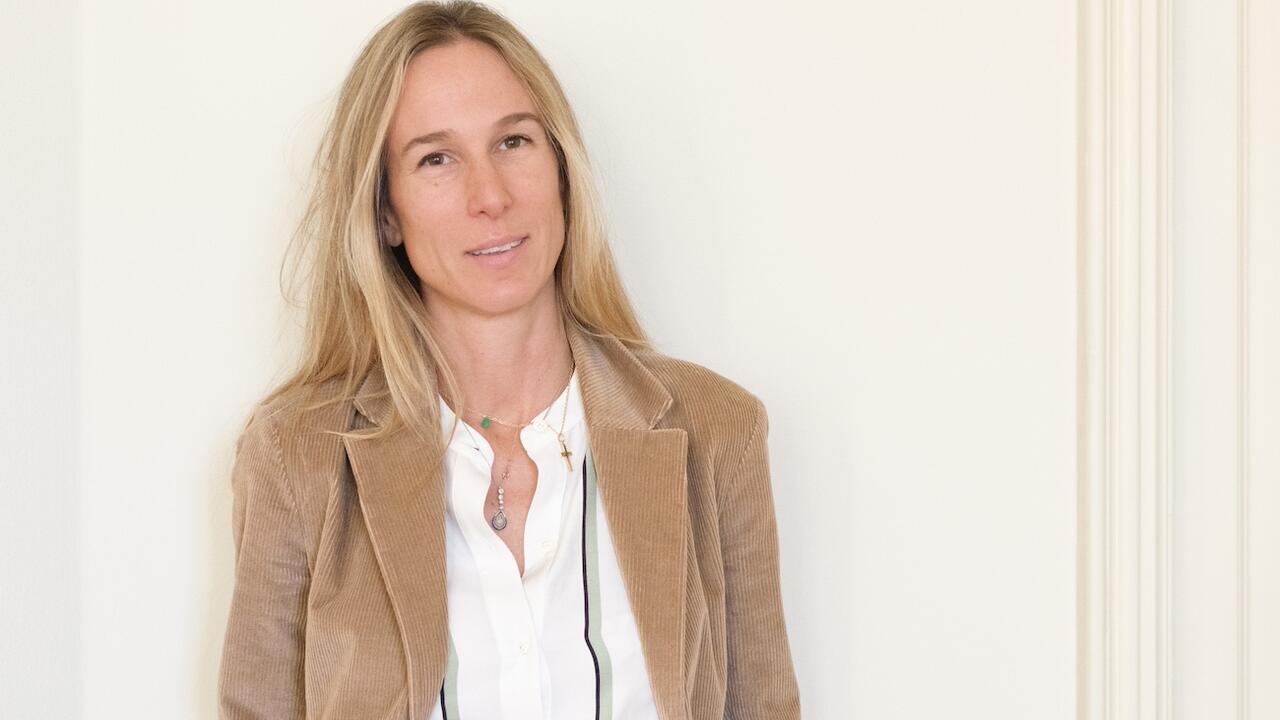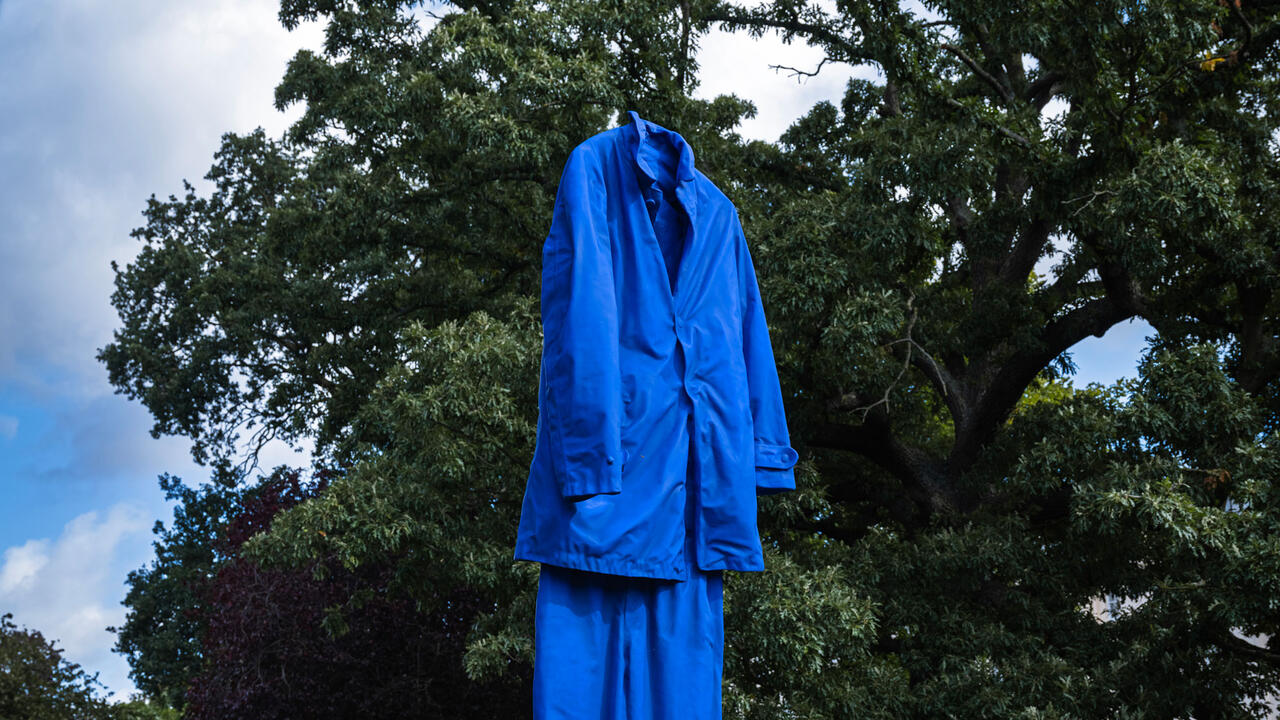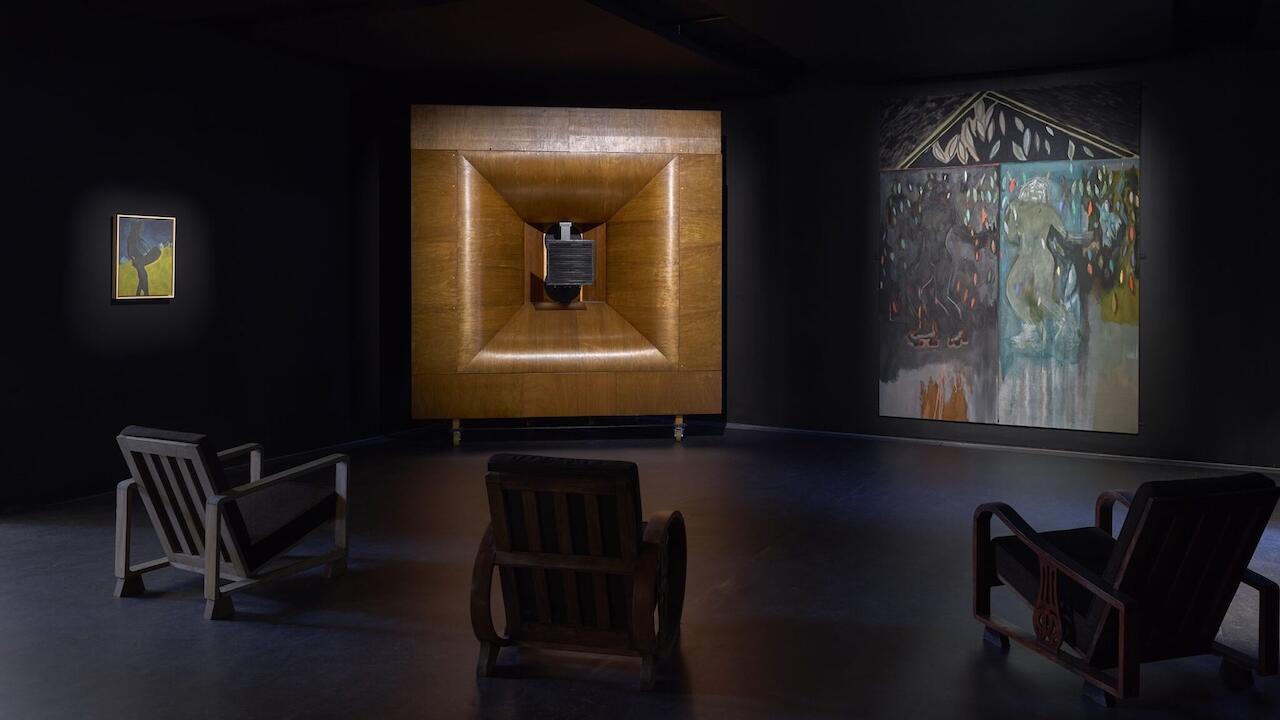Women in the Arts: Julia Peyton-Jones
‘If you’re a woman you learn to live with a certain level of discomfort’
‘If you’re a woman you learn to live with a certain level of discomfort’

For our series celebrating the achievements of women in the arts, the curator and former Director of the Serpentine shares her experience of the challenges and rewards of her career in the art world.
As you were starting out in the arts, what were the possibilities for mentorship, collaboration and cross-generational engagement?
I went to art school in the late 1970s: Wimbledon, Byam Shaw and then the Royal College. In my year at the Royal College, there were only three women out of 23 students. I had lunch recently with the artist Eileen Cooper who was in the year above me and we were talking about it. It was a thing of wonder that there were so few of us, but I never felt disadvantaged as a woman – odd, because we were in a minority, but not disadvantaged.
When I left the Royal College, I taught art in Edinburgh. The main reason I stopped being an artist was economic: I was working 12 hours a day, seven days a week. I had to work to support myself throughout art college and that was something I was happy to do, but after I graduated, it reached a point when I asked myself if I really want to live and work this way. I decided that I didn’t. When I returned to London, I got a job fund-raising for the Arts Council. Clive Hopkins who was head of painting at Chelsea at the time, said to me: ‘I can never speak to you again if you’re going to do this dreadful job.’ It was quite an extreme reaction, but no-one fund-raised then. From the Arts Council, I went on to curate shows at the Hayward Gallery, and then in 1991, I went to the Serpentine.
My first boss was Joanna Drew; she was director of art at the Arts Council and was also responsible for the Hayward and Serpentine galleries and the Arts Council’s programme of touring exhibitions. She had this incredible authority and was a fantastic teacher and leader. She employed David Sylvester to curate shows for the Hayward, and the two of them became my art-world parents. They led by example. I always said that David got me the job as Director of the Serpentine Gallery, as I wasn’t considered a front runner – in fact, I was at the back of the line. Some very distinguished colleagues had applied for the position and every one of them would have been brilliant; I was something of a wild card, but I suppose that because David and I had worked together, he saw something in me that other people hadn’t. What he taught me was exactitude, which, of course, is a maddening principle because something can always be improved upon. I deeply ingested his striving for excellence as a game with a very serious intent. Joanna’s authority was so steady; anybody who worked for her loved and admired her and if she had asked us to walk off a cliff we would have – she really was exceptional. There’s a book about her work which is about to come out: Joanna Drew and the Art of Exhibitions by Caroline Hancock (SKIRA).
The sad thing is that people forget very quickly. Students now aren’t probably as knowledgeable about David’s work as they should be and Joanna’s, not at all. She died in 2003, a couple of years after David. They used to speak every day.
What specific experiences have you had that shaped your understanding of gender in the workplace, the media and the arts?
I come from a family of women, which really colours your perspective when you’re growing up. I’ve got five sisters, no brothers and, when my dad died, my aunt became head of the family. Dad was desperate for a son but never had one and didn’t particularly like women, so it was one of the great ironies that he lived surrounded by so many.
The problem is, women have historically had less time to develop into what my aunt used to call ‘being out in front’. If your gender hasn’t had centuries of being allowed to do something, it’s not in your DNA to know that you have the right to lead. I think that’s hard. When I started out, I didn’t have a lot of help and couldn’t rely on it being given.
But at the Serpentine, I was very lucky to work with some amazing people but dealing with architects – for the annual commission, which began in 2000 – was a great leveller. Although the situation is improving, it’s very much a male-dominated profession and because there are fewer women the toughness is much more apparent. Commissioning a building is a very different process to curating an exhibition – the curatorial discussion is a much more oblique one. In architecture you need to be really robust.
The Serpentine Pavilion commissions were difficult and exciting in equal measure – each building involved teams of people. They tested my authority more than anything I’ve ever done. I don’t have architectural qualifications, but the good thing is, if you don’t know anything, you don’t know what you can’t do and that’s very helpful in creating your own model.
What has changed today?
There are far more women in architecture and in leadership positions in the art world; of course, we have a woman running Tate. I’m not sure how helpful it is to think too much about gender, as it can be limiting – my rule of thumb is to ignore the disadvantages, otherwise you just stand still and that’s not helpful. But I think that if you’re a woman you learn to live with a certain level of discomfort. I understand why some people wouldn’t want to do that, but I hope it’s easier now than it was.
It’s so important to keep moving forward. Unless, course, you come up against something that is impossible, which is a different situation. I do think positive discrimination is very helpful and cultural diversity is enormously important – it’s about consciousness raising and compensating talented people for being overlooked.
What are your thoughts about #Metoo and other initiatives to call attention to sexual harassment?
I come from a generation where sexual harassment was normal, which in itself is completely shocking. For example, years ago I had to meet with a sponsorship man to try and raise money for the Arts Council. He worked for a very well-known company and, in the middle of the meeting, without warning, he pulled open my shirt and looked down my front. I remember it very well – it sounds ridiculous, but I was aware of how important it was to get the money, so I put up with it. Back then, some of our colleagues behaved very badly but it was a time when it wasn’t commented upon. This new awareness of what is or isn’t appropriate behaviour is fantastic – but there’s still a long way to go.
As told to Jennifer Higgie
Main image: Portrait of Julia Peyton-Jones, 2018. Courtesy: the artist and Galerie Thaddaeus Ropac, London, Paris, Salzburg


